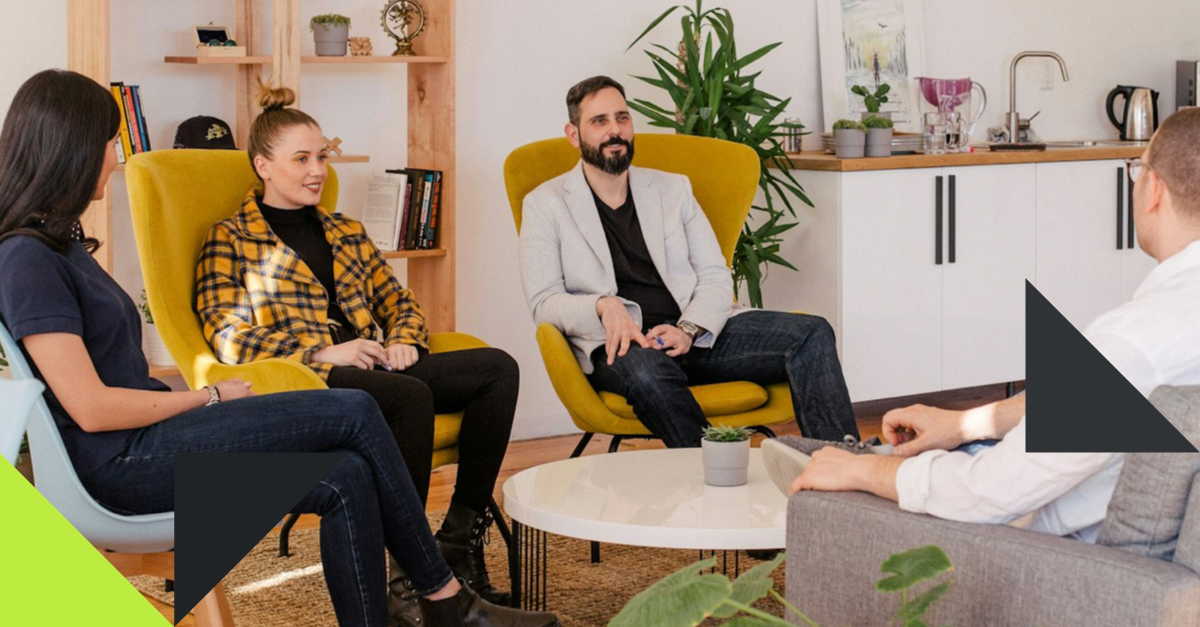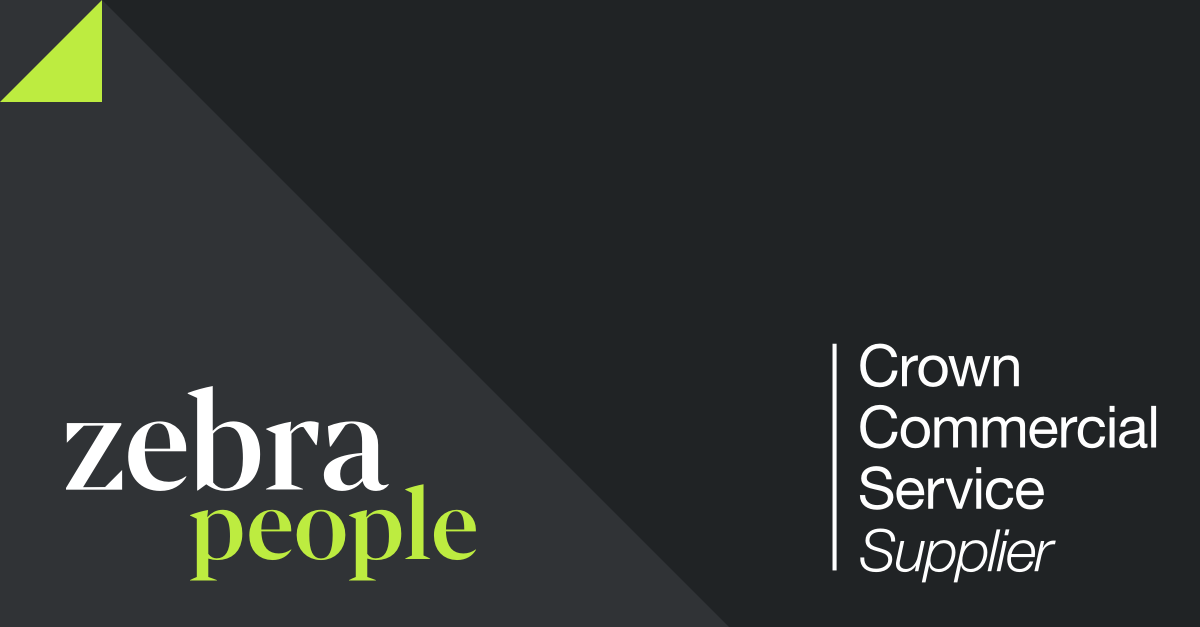1. Research. Find out what is out there!
- What are the current trends with portfolios, what are clients liking?
- Look at other designers folios you admire in the industry & see where the standard of portfolios is at / benchmark.
- Look online for inspiration. https://www.awwwards.com/ is great for this as is Medium.com with designers speaking about their folio journeys.
- Twitter is great for networking / following some of the world’s best designers – most importantly tracking down their folios.
- Speak to recruiters for assistance ( I know I see 50+ portfolios a day most days so am pretty well versed in what I think works and doesn’t work!)
2. Think about the aim of your portfolio
You should be taking the viewer on a journey through your best and most relevant* work, tell your story. Yes, think about the User Experience of your portfolio! Crazy thought hey?
*This doesn’t mean share everything you’ve ever done, be selective and omit older work. The viewer hasn’t got all day to read through 40 pages – a 5 page PDF is ideal.
Build case studies about your favourite pieces of work – how did you solve the problem?
Think about the Users Requirements of your portfolio, what information do they need? Typically you will be sending this firstly over email and won’t be there to narrate it so you should include text to tell the viewer the key points of each project.
- What was the project? When was the project ie. Year?
- Where were you working? Who did you work with?
- What skills did you use? What software did you use?
- How long did the project take? What were the challenges?
- What was the outcome?
Walk through each project/case study on your portfolio, are you answering these questions? Screenshots / visuals slapped on the screen with no text, make for nothing more than a photo album = not helpful in explaining to someone your experience.
Remember, your portfolio is selling you as a designer, not the product that you worked on. I often find many designers send me a beautiful pitch deck on a product that they worked on but it doesn’t tell me what you actually did.
3. This brings me on to format: to PDF or not to PDF?
I personally love PDF’s ( A4 Horizontal ), I think they are simplistic and easy to create a clear end to end experience for the viewer guiding me through your work in the order which you want me to see it – a single User Journey. On a website, I can dart around all over the place and may miss your best project. PDF ensures it looks the same whoever views it on whatever device.They are also easy to update, and you can pull work in and out for creating more focused displays of your work for each role roles.
However, I know some people disagree with me here, Mark Hothi – a UX recruiter who I really respect let me know he personally prefers a website. His priority is easy of access, ‘if he can’t find what he needs to see easily, you have failed at the first hurdle’. He often finds PDF’s heavy for sending around and felt the only place for them was detailing NDA work. Worth thinking about. A recruiter or hiring manager only has a short amount of time to both locate, access and review your work.
I think online portfolios are good if they are done well. They need to ‘work’. Yes building your own site is great, but if it doesn’t work perfectly it can let your design work down / distract from your projects. A great site is Semplice which can help you build a pretty snazzy online folio with case studies semplicelabs.com. However worth noting that this does require coding knowledge and a back end. Squarespace and Webflow are useful for getting something together quickly.
Dribble and Behance are OK – but I kind of see them as an extra space for you to show personal projects etc as they don’t allow you to really communicate enough information about your work. I personally wouldn’t recommend having them as your only portfolio as it doesn’t typically allow you go into much detail and can look a little unprofessional.
4. Don’t rush it
I know how tempting it can be to leave it to the last minute and burn that midnight oil. Don’t do it. Rushing and hashing it together will look exactly that, rushed and hashed together.This is the first thing prospective employer’s see of you & your work and first impressions count. Spend time crafting the best representation of yourself possible, Rome wasn’t built in a day.
Be open to feedback and making iterations. The first version isn’t always best.
5. Show some process
I’m not just interested in just the shiny finished outcome of the project. If you got involved in the UX stages – show this! Often the process is more important as it gives an insight into your design thinking.This is most important if you are a UX / UI Hybrid as hiring managers to want to see evidence of your UX skills. We put together a great resource on how to build a UX portfolio here which shows how you can demonstrate your process.This can include: photos of sketches, personas, sketches, and wireframes etc. but don’t just throw all this in.
Be considered & if it looks cluttered consider making this a separate document.Think about what each visual adds to what you’re communicating about the project.
6. Variety is the spice of life
I’d recommend showing 4-8 projects on your PDF’s and they shouldn’t be all similar – clients want to see that you’ve solved a variety of problems and don’t try and apply the same solution/style to each.
If you’ve worked on cross-platform projects show them over multiple platforms as this demonstrates the breadth of your experience. This is another reason I’m a huge advocate of PDF folios as you can easily tailor them to show the right pieces for what you are applying. Mobile UI role? – show your best three mobile projects and maybe one responsive.
7. Personal branding
Sounds lame right? What I’m talking about here is having a cohesive style across your CV and portfolio – it looks ‘together’ and really professional- it shows that you’ve put effort into crafting your work and you are a designer after all.
Always make sure all fonts are readable – nothing worse than a designers CV with poor typography skills demonstrated all over it!
8. Pay attention to detail
Visuals should be pixel perfect and layouts well considered. Think about spacing, does it look cluttered or is there too much empty white space? Again, asking for feedback if you are not sure.
Leading on to…
9. And most importantly: check it over
Once, twice, and again for good measure. I recently heard the biggest portfolio ‘no no’ from Capital One’s Julie Kennedy ‘Spelling mistakes’. From pixelated visuals to spelling & grammatical errors there are often a few tell-tale signs of a rushed piece of work.Make sure to use spell check over all text blocks and read it out loud to see if it makes sense.
Seemly small mistakes knock your chances of securing a role down as it shows a lack of eye for detail and also could suggest your written skills are poor.
I hope these tips can help you in your quest to build an awesome design portfolio, remember these are just my thoughts on steps to make a kick ass portfolio.
Do you have any more tips to share? I’d love to hear them in the comments below. If you’d like me to review your portfolio feel free to get in touch.
I must thank Jamie Skyke’s for his review of this blog in its draft stage! Follow him @jamiesyke , he also has a great portfolio.
Ps. The internet is your friend. There are some great resources online where you can read tips from designers from some of the world’s best companies giving you insights to what they look for –
Advice on UX / UI folios and dealing with NDA’s – https://thenextweb.com/dd/2015/07/27/the-pro-guide-to-the-perfect-ux-portfolio/#.tnw_rYTcdfQK#.tnw_OprWDsEG
General Design Portfolio – https://uxdesign.cc/lets-talk-about-design-portfolios-8a56ce1e9a8e#.xfppi2aiq
UI Portfolios – https://uxplanet.org/guide-to-building-a-top-ui-design-portfolio-b4a4b254d33c#.g168agqyi
Graphic Design Folios – http://designsojourn.com/10-essential-tips-for-creating-that-killer-portfolio/
General tips – http://www.creativebloq.com/computer-arts/10-tips-killer-design-portfolio-51411805



